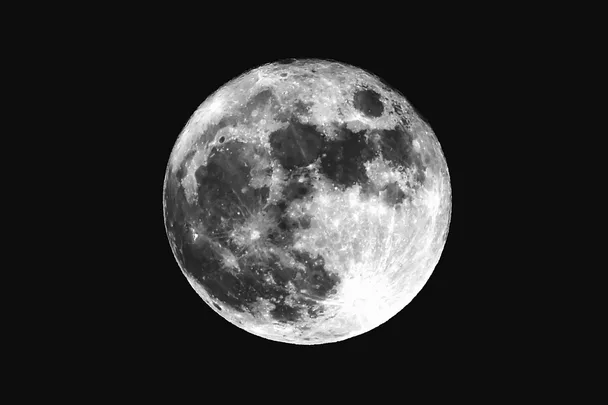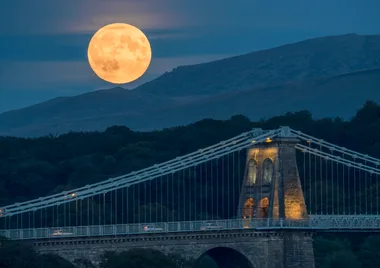Appearing across cultures and religions, figures inspired by The Moon are common in ancient mythology. Most of them feature female lunar deities, although male lunar gods also appear.
In Roman religion and myth – Luna is the divine embodiment of the Moon. She is often presented as a female compliment of the Sun (Sol).
In Greek mythology – The Moon was Selene. She drives a chariot across the heavens and is known for her affair with a mortal – Endymion. Artemis and Hecate were also goddesses of The Moon, as was Phoebe.
In Celtic legend – goddess Aine symbolised brightness in the dark, thought to be Moon symbolism – and celebrations for her were held on Midsummer night.
For Scandinavians – Freyja was the goddess of love and war, and also ruled over fertility that was linked to the Moon.
In Welsh mythology – Ceridwen is the Moon and Harvest Goddess . Also the goddess of dark prophetic powers, she is the keeper of the underworld, and is often equated with Hecate, another Moon goddess.
The Moon has long been associated with the idea of insanity or “lunacy” – which is derived from the Latin name for Moon – Luna. Philosophers Aristotle and Pliny the Elder argued the full moon induced insanity in certain individuals – believing that the brain was affected by The Moon’s power over the tides.



